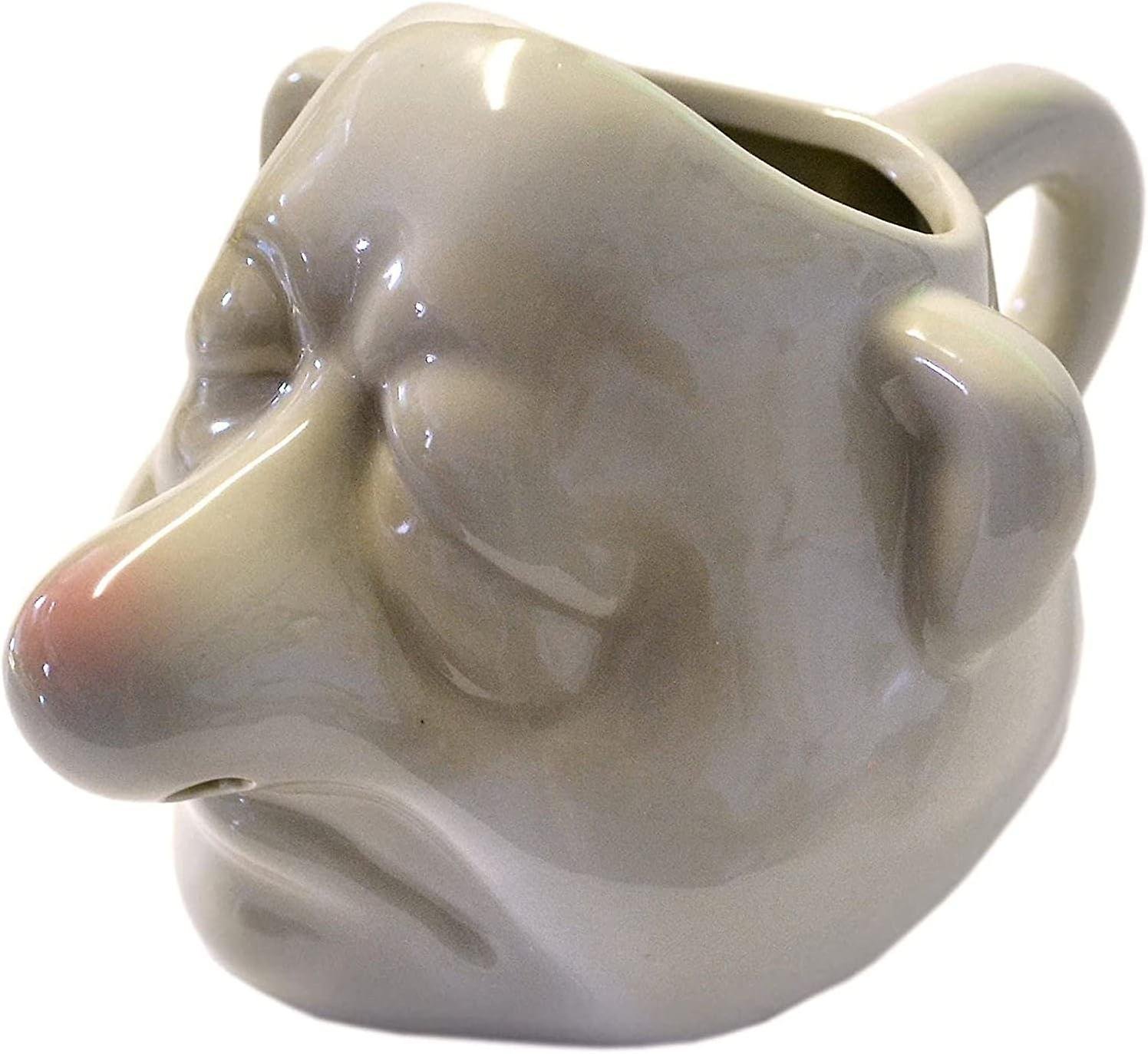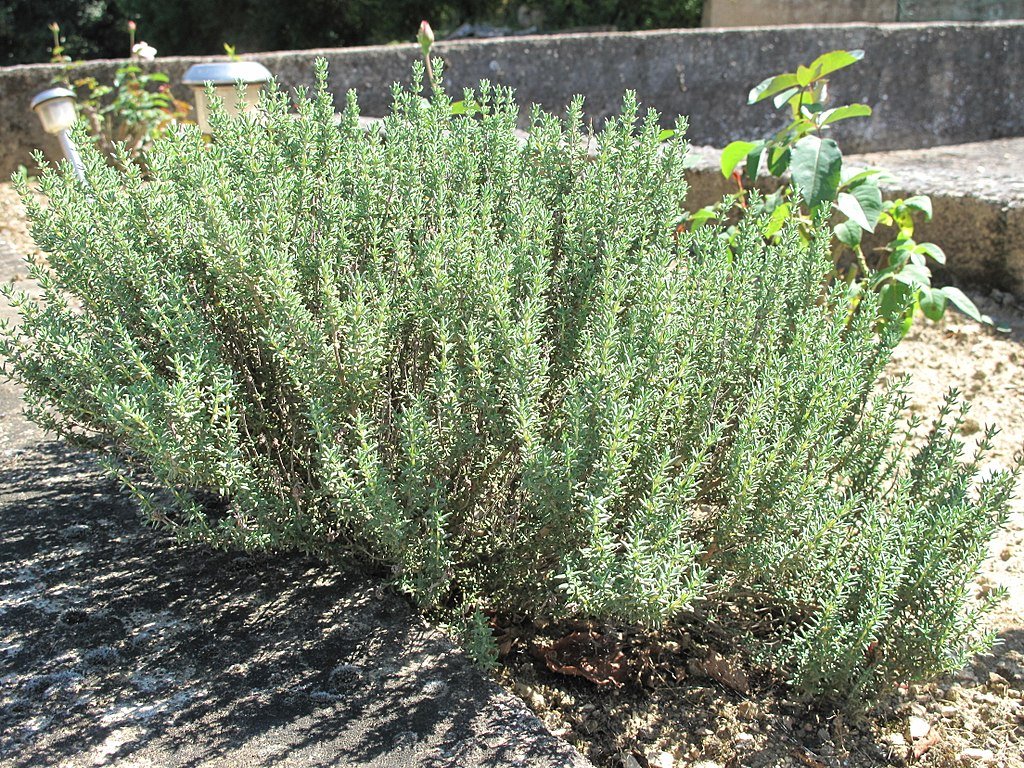From Melting Splatter Guards to Rubbery Eggs—Avoiding Disastrous Presents
Welcome, fellow gift-givers and kitchen explorers! This guide is your ticket to steering clear of kitchen gift disasters. We'll navigate through the treacherous terrain of poorly designed gadgets, criminally single-use wonders, and items that should come with a "Handle with Extreme Caution" label. Get ready to dodge the banana slicers as we delve into the world of ill-advised kitchen presents!
Poor Choices
Our first category looks at some of the gifts that are just poor choices. Either because they’re poorly designed, or they don’t match the needs of the recipient, these gifts just don’t work.
Frywall 10
Starting us off strong, let’s look at a Frywall 10. It might have been seen on Shark Tank, but the production of this invention leaves much to be desired. Even if you remove the splatter guard when you aren’t at the pan, it still melts after a few uses, as one giftee notes. “The idea is great, and it certainly kept grease from splattering, but after two uses, holes started to form, and now it seems to be completely breaking down.” If the gift you want to give somebody is known for breaking down after only two uses it's not worth the money you paid for it. Read the reviews to make sure that you aren't getting scammed, and your giftee isn't either.
Pots/Pans/ Knives
Just, don’t. For the sake of the home chef in your life, don’t gift it to them, except under 1 very specific instance. If they have been talking constantly about wanting a particular knife or pot set. Then and only then should you try this one. Chefs and cooks alike are just like any other artist. They find tools they like, and they don’t want to shift away from them. They don’t want to try something new, or the latest invention because they know what they have and how it works. Save yourself the heartache, and offer to get them a subscription box they love instead.
Margaritaville Mixer
Although we love a good margarita or other mixed drink, it doesn't work unless the giftee regularly throws parties or is training to be a bartender. These mixers can make a ton of margaritas, and with a bit of tinkering, you can use them for other drinks. But you can't use them for literally anything else. If you want to get something similar, try out a NutriBullet or a top-tier blender that can handle ice and various other kitchen jobs like pureeing fruits and vegetables. This way, you're not inciting somebody to alcoholism.
3 Pot Crockpot Buffet
Make sure you know how much space your giftee has. This is one where the idea can be very sweet, but if you’re giving it to someone who doesn’t cook, doesn’t host parties, or doesn’t have a ton of space? We can guarantee it’s not going to get much use.
Sodastream
Everyone wants to be healthy. Most of us even know that drinking soda all of the time isn't great for us. The market’s trend toward flavored waters over the past 2 to 3 years shows just how much money there is to be made in this arena. And Sodastream is one of the first contenders to try and let you make your own drinks and flavors at home. Unfortunately, people have a lot to say about it.
“At first I thought this would be great. Less aluminum, less storage space and just the right amount of fizz. My first bottle lasted the required time for the amount of fizz I wanted. The second and third bottle, not so much. The second and third bottle require three times as many pumps and sometimes four times. I used to push it five times for a 1/2 second, now I am up 10-15 times for about a second each. Maybe my math isn't that good, but I know I am not getting the value out of the machine that I expected. After this bottle, I will return to the aluminum cans and add the cans to the recycling bin.”
One Use (If That)
Our second category are those gifts you see in stores marked “As Seen on Tv!” and have exactly ONE (1) use, if they’re lucky. They languish in drawers and cabinets, never being used because they take too much time, space, or attention when you can do better with less.
Microwave Egg Cooker
You’ve probably seen some variations of these that claim to make a perfectly delicious egg in half the time it would take in a pan on TV. Except they don’t. Not really. The egg leaks, or (as is most often) it tastes rubbery and gross. Unless you’re gifting it to someone with no sense of taste, we don’t advise this one.
“All In One Breakfast Sandwich Maker”
Another tool that claims to make it all in one, we all know what breakfast sandwich this is trying to knock off. As shiny as it looks though a) it only allows for one type of sandwich, and b) it comes with numerous flaws. As one user pointed out,
“The point of it is to place the top and bottom of the English muffin in the machine to get toasted, then crack the egg into the centre area with a "removable floor" so that the egg drops down onto the lower bun once it's cooked. The problem is (a) that I don't want to automatically drop the egg, because I want to butter the ******* english muffins and (b) there is too much of a gap between the walls of the egg section and the removable floor, so the egg partially runs out and drops raw onto the lower half of the english muffin, or down the sides and makes a mess.”
Cleaver Cutter Scissor
Picture a set of scissors with a very very small cutting board attached. Ideally you are going to use this to slice paper thin pieces of vegetable, or your herbs as you're prepping dinner. In reality? You're lucky if you don't cut yourself.
People consistently cite that not only is it dull on arrival, but additionally that it doesn’t work worth a damn, and that you’re better off spending the same amount of money on a knife.
Mr. Sneezy Egg Separator
We're not sure if you've seen this one. It looks simultaneously hilarious and disgusting when you see it in person or in action. You have a head of a man with a large head that is primarily made up of nose. You crack the egg inside the cup and the egg white drip out through his nose.
We understand the concept. We understand why it exists. There are dozens if not hundreds of recipes that ask for you to separate your yolks from your whites. But this? This is just unsanitary. Not only does it only have one use, but it is extraordinarily difficult to get every nook and cranny inside of that deformed head properly clean. You're better off watching a 2-minute YouTube video on how to separate your yolks and your whites by hand then using this. So unless you want to chance giving someone a bacterial infection under the guise of offering a funny gift, you better avoid this one.
Pizza Scissors
As usual our description first. Unfortunately this name pretty much describes it. This is very similar to the supposed vegetable cutters we mentioned before, and is a triangular plate attached to a pair of scissors. In theory this is meant to help you cut a slice of pizza more easily. In reality no matter which type of pizza is your favorite, this is just insulting.
Banana Slicer
Our final woefully useless tool for this section Is the banana slicer. This one is flat out useless. Most bananas don't even fit this mold perfectly so you end up having to cut them with a knife and by the time you've done that you might as well use the same knife to cut the rest of the banana. Additionally why would you gift anyone this? We've seen reports of people getting these as gifts, and they weren't toddlers. This is just a very large go jump off a cliff if you give this to somebody as a gift because you obviously do not like them.
Flat Out Dangerous
Our final category is fortunately very small. These are gifts that are dangerous due to poor design. They’re gifts that can and have hurt people, even when using them properly.
Easy Bake Ovens
Every child who loves to bake has for at least a moment clamored for an easy bake oven. Your blogger certainly did. And if you didn't, then you knew somebody who did have one. Did you know the number of people who have gotten hurt using one though? Or adults for that matter? The numbers have been high enough that the maker Hasbro has had to recall them at least once and has completely redesigned them from the ground up at least twice during the lifetime of the toy.
And the problem isn't people not paying attention or not following instructions. It's always been a matter of design and fingers getting caught where they shouldn't trying to put the little pans in or pull them out.
Mortar and Pestle Made of Fragile Materials like Ceramic or Glass
In theory this could be one of the better gifts on this list. You want to spoil somebody you love by getting them a tool that they need for making the best sauces and grinding their own spices. You want to show them how much you love them by getting them something beautiful. Unfortunately for you, glass and ceramic and other fragile materials no matter how beautiful do not belong in this case. A mortar and pestle is meant to crush and grind herbs and spice. Do you know what glass on ceramic are remarkably bad at over time? Grinding and crushing things! Glass and ceramic will look pretty but as soon as they're put to the test they begin to chip and break and will eventually shatter which means somebody is getting an ER visit if they're lucky.
Grandma’s Hand Mixer From The Dark Ages
“This was used by your great-grandmother to make her famous gingerbread!”
How many times have you heard that? It's great when it's a recipe that's passed down. What's less great is when you hand over a 30-plus-year-old piece of electronics that hasn't been properly tested or insured that it's still works safely. Please do not give old electronics unless you know that a it's going to have sentimental value to the person your gifting it to and b it's not going to light their kitchen on fire.
Fondoodler
Our last one is one that checks all of the boxes. It's a difficult tool. It wasn't properly thought out during the design process. And worst of all it is definitely dangerous. Do you like fondue? Do you like drawing with your food? How about combining those things into this epic nightmare called the fondoodler. Rather than paraphrasing what somebody else has said though, we're going to share this hilarious and horrifying tale from user vengefultacos over on Reddit.
“ My wife got me a fondoodler. Want a quick snack
Cut up some cheese (has to be exactly the right type to get the correct consistency)
Stuff said cheese into the barrel of the fondoodler. The barrel is round. You cut your cheese into a round tube, right? No? OK, it's square peg in round hole time
Wait a while for the thing to heat up and melt some cheese.
Finally, you can squirt out molten cheese which may or may not stick to the cracker, and may or may not push the cracker around. If you decide to hold the cracker steady, recall that the tip of the Fondoodler is REALLY *******HOT.
After a few minutes of squirting cheese, you're done. Now go clean the congealed cheese out of the tube and tip.”
And there you have it, folks! Remember, while we've had a good laugh (and perhaps a cringe or two) exploring these ill-fated kitchen gifts, the lessons extend beyond these specific items. These tips, dripping with sarcasm and genuine advice, serve as your survival guide for gift-giving in the kitchen realm. So, next time you're eyeing that questionable kitchen gadget, think twice, and consider the recipient's needs and the practicality of the gift.
Got some horror stories of kitchen gift-giving gone wrong? Let's chat about it on our Facebook page! Share your tales of disastrous gifts and join the conversation on what not to give this holiday season.
Before you dive into the holidays headfirst, we'd like to throw in a friendly reminder: when it comes to your major appliances, before, during, and after the festive chaos, Appliance Rescue Service has your back! From reviving misbehaving ovens to saving fridges on the fritz, we’re here for you. So, while you're out there conquering your holiday shopping, remember, that there's always a lifeline for your appliances!
Contact Us
Call: (214) 599-0055




































